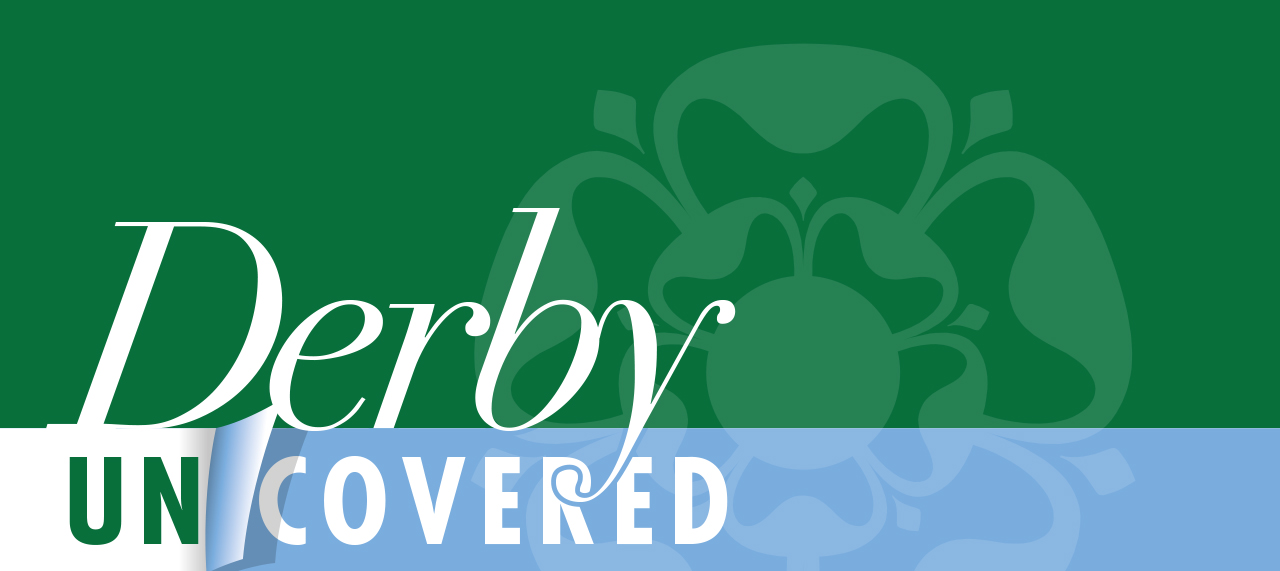The Derby Ram
For many years now the symbol of Derby has been a ram. Our football team’s nickname is known worldwide as ‘The Rams’ and if you take a walk through the city centre, you will see statues of a ram.
But where does Derby’s connection with a ram start and what are the earliest connections? To answer this, we must jump back to 1867. It was at this time that Llewellyn Jewitt wrote ‘The Ballads and Songs of Derbyshire’ where he stated his belief that one of the songs within it – ‘The Derby Ram’– had been sung for at least a century previously.
Though there have been different versions of the song the traditional lyrics read:
As I was going to Darby, Sir,
All on a market day,
I met the finest Ram, Sir,
That ever was fed on hay.
Daddle-i-day, daddle-i-day,
Fal-de-ral, fal-de-ral, daddle-i-day.
This Ram was fat behind, Sir,
This Ram was fat before,
This Ram was ten yards high, Sir,
Indeed he was no more.
Daddle-i-day, daddle-i-day,
Fal-de-ral, fal-de-ral, daddle-i-day.
The Wool upon his back, Sir,
Reached up unto the sky,
The Eagles made their nests there, Sir,
For I heard the young ones cry.
Daddle-i-day, daddle-i-day,
Fal-de-ral, fal-de-ral, daddle-i-day.
Although its origins are murky, some accounts even claim that US President George Washington once sang ‘The Derby Ram’ to the twin sons of Oliver Ellsworth in 1796.
What we do know is that in 1855 the First Regiment of Derbyshire Militia adopted a live Ram as its mascot – a tradition which, after various restructures and names, survives with the 2 Battalion of the Mercian Regiment.
Our local football team – Derby County Football Club – were also being referred to as ‘The Rams’ since at least 1900.
As with many things historical, its origins look to have been lost but wherever it ultimately originated from The Derby Ram as an emblem and mascot of the city seems set to stay for plenty more years to come.

Derby Ram on East Street.

Derby Ram at the junction of St. Peter’s Street and London Road.


